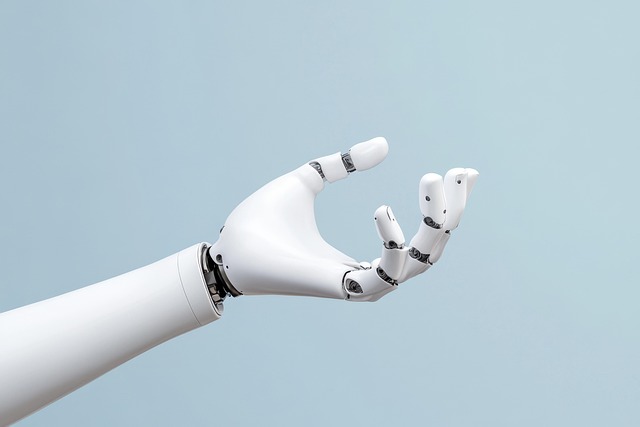 Back to Home
Back to Home
 Home >
News >
Industry Horizon >
Can AI-generated content be considered my patent? Decoding the new battlefield of intellectual property compliance
Home >
News >
Industry Horizon >
Can AI-generated content be considered my patent? Decoding the new battlefield of intellectual property compliance
 2025-05-14
2025-05-14
When the design team of an advertising company used AI tools to generate trademark sketches in batches, they did not expect that these "one-click output" patterns would be claimed by the system developer three months later - the latter demanded to share the 100,000 yuan design fee paid by the customer on the grounds that "AI-generated content belongs to the platform party" clause in the user agreement. The dispute eventually ended in a settlement between the two parties, but exposed the ambiguity of the definition of intellectual property ownership in the AI era.
Such disputes are becoming a global judicial frontier issue. In 2024, a Chinese court established a judgment rule in the first AI-generated copyright case: creators can only be identified when humans make "significant trade-offs and structural restructuring" of AI output results. This judgment echoes the EU Patent Office's position of rejecting the application for "DABUS artificial intelligence system as an inventor" in the same year, revealing the internationally accepted "anthropocentric" protection logic. For enterprises, this means reconstructing the R&D management process - in the algorithm training stage, it is necessary to clarify the compliance of data sources, such as a medical imaging company through Kane Topology's "data traceability service" to complete copyright confirmation of 200,000 CT images used for training, avoiding subsequent commercialization risks; In the output stage, the evaluation criteria for "human intervention" should be established, such as requiring engineers to manually optimize the AI-generated chip wiring scheme by at least 30% to meet the requirements of the patent law for "creative steps".
The policy level is also accelerating the response to changes. The World Intellectual Property Organization (WIPO) issued the "Policy Guidelines on Artificial Intelligence and Intellectual Property" in January 2025, which proposes two principles: "transparency" and "balance of interests", and recommends that enterprises disclose the contribution of AI tools at a hierarchical level. In China, the latest revised draft of the "Measures for the Administration of Generative Artificial Intelligence Services" requires enterprises to keep R&D logs for at least three years, which puts forward higher requirements for intellectual property management. An autonomous driving company has introduced Keynes Topology's "AI R&D ledger system" to achieve traces in the whole chain from data collection, model training to finished product output, so that it can complete the submission of supporting materials in just two weeks when responding to the algorithm invention patent challenge of the German Patent Office.
This AI-induced reconstruction of property rights rules is far from over, but what is certain is that only enterprises that implant compliance thinking into their innovation genes can stand firm in the next tide in the technology frenzy.